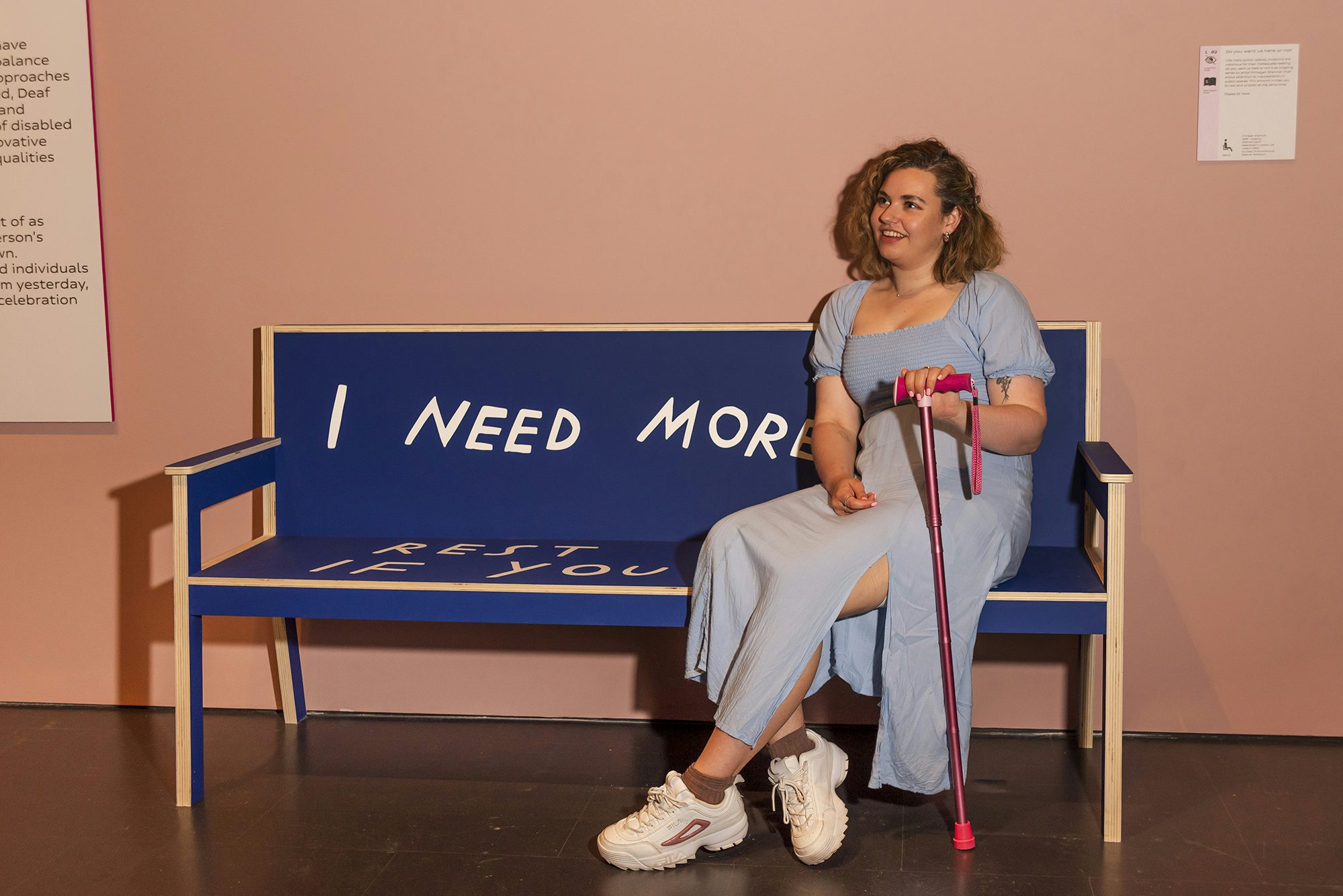Inside the V&A’s show celebrating disabled design and culture
Design and Disability at the V&A is full of projects variously useful, beautiful, or just amusing, celebrating the long-running contribution of disabled people to design
As you’re reading Creative Review, you’re likely to be of the mindset that design is meant to make things better. Of course there are exceptions to the rule – things designed intentionally in the service of hate, violence, or misinformation – while your belief may also have been shaken by awareness of your now-absent attention span, thanks to devices and apps designed a bit too well.
But have you heard of a Disability Dongle? It’s a term, coined by Liz Jackson, founding member of disability-led critical design collective The Disabled List, to describe well-meaning but ill-conceived design efforts, which take an existing product and try to improve it in some way – it might be adding new tech (now most likely AI, as current hype and funding dictates) – but end up making it worse.
“The white cane is often the most toyed around with by non-disabled designers,” says Natalie Kane, curator of the V&A’s new exhibition Design and Disability, which focuses on the contributions of disabled, deaf and neurodivergent people to design and culture. “Non-disabled designers try to add loads of bells and whistles to it, like GPS, AI, other layers and signals of information,” says Kane, “because they think it’s helping to ‘fix’ or ‘solve’ disability, but actually people just need something really simple.”





